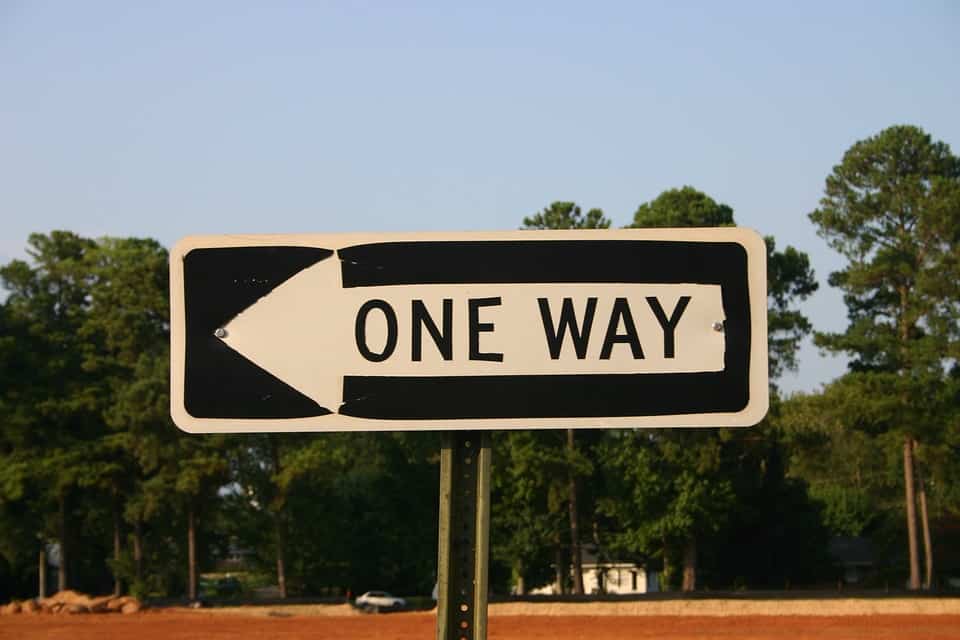

Everyone from the Steel City is familiar with the Pittsburgh left, when a traffic light turns green and the left-turning vehicle quickly zips through the intersection before the opposing traffic has a chance to start moving.
Believe it or not, the Pittsburgh left is illegal. Although you likely witness the Pittsburgh left every day, commonwealth law states that vehicles turning left should yield to oncoming traffic. If you cause an accident while making a Pittsburgh left, you’ll likely be held at fault.
But what about when you’re making a legal left turn? The question of who’s at fault in these situations isn’t nearly as simple to answers.
Pennsylvania uses comparative negligence to decide who’s at fault in a traffic accident. If both drivers involved committed a traffic violation leading up to the accident, comparative negligence says the individual who was the most careless would ultimately be held at fault.
Say you’re trying to turn left at an intersection. You patiently wait for the oncoming traffic to disperse, and you finally see your window of opportunity. An oncoming car looks to be a safe distance away, so you start making your turn.
Unfortunately, the car was speeding at 75 miles per hour in a 30 miles per hour zone. The driver plows into the side of your car in the middle of the intersection.
In this instance, the driver who was traveling at more than twice the speed limit would likely be more at fault than you. Even though you pulled out when it was technically unsafe, a court may find that it was unsafe because of the other driver’s excessive speed.
Pennsylvania law is very clear on how drivers should complete left turns. What you need to remember:
Where the law becomes trickier is when it comes to hand signaling from drivers in oncoming traffic waving you to continue. Pennsylvania courts have ruled on the issue multiple times in the past, and the debate generally rests on whether or not a wave means “You can turn when it’s safe” or “It’s now safe to turn, and I’ll allow you to go before me.” Whenever someone waves for you to turn, it’s better to be safe than sorry. Ensure that all lanes of oncoming traffic have either stopped or left enough space for you to turn without incident.
Making a left turn is one of the most dangerous maneuvers we make as drivers, especially when navigating busy Downtown streets in Pittsburgh. By remaining extra cautious while crossing oncoming traffic, you can keep yourself and your passengers out of harm’s way.
Have you been injured in a traffic accident? Contact Dugan & Associates today.
"*" indicates required fields